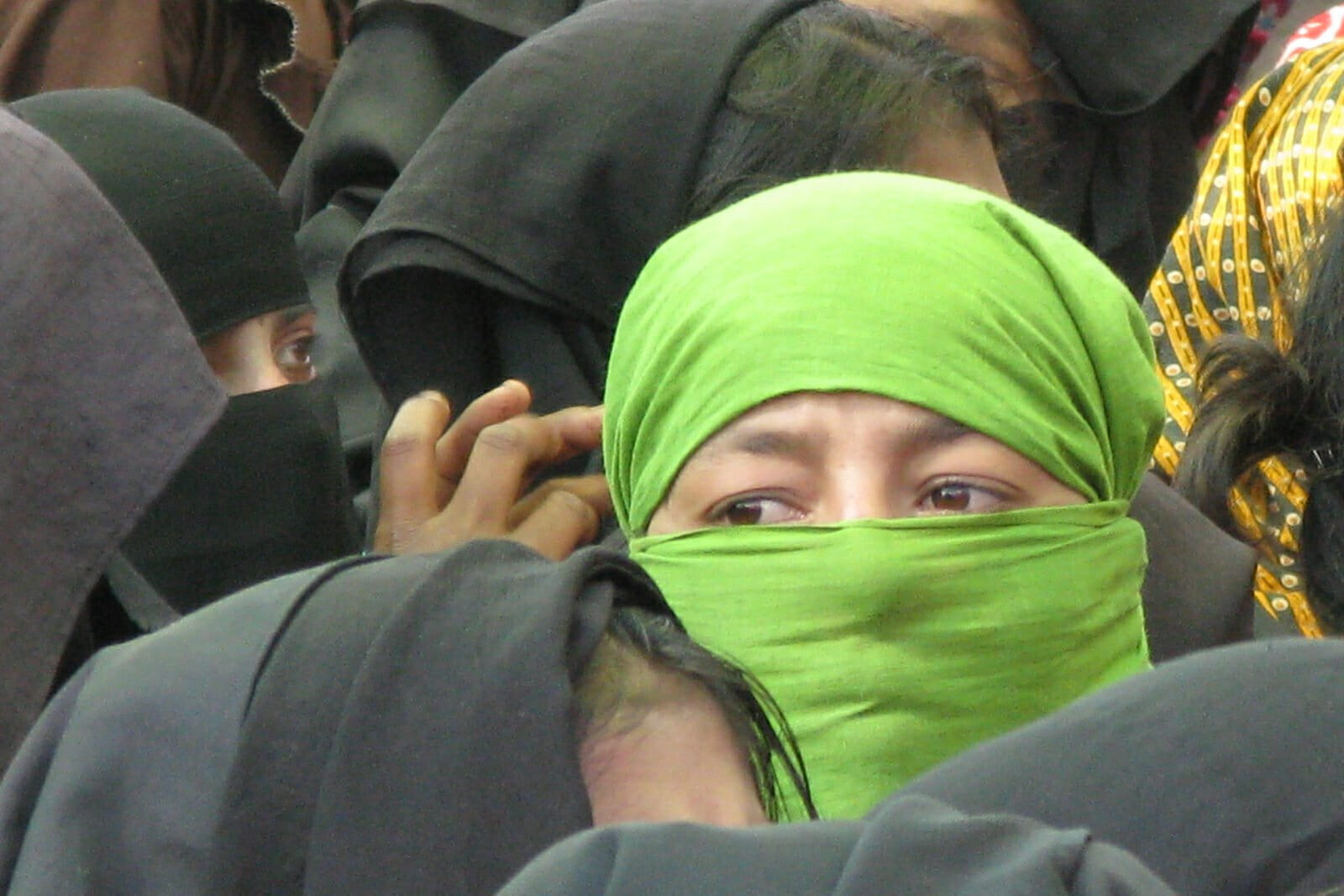
Ethnic Strife in Burma: A History of Violence
For Muslims around the world, Ramadan is a month of peace and calmness. That is hardly the case for the Rohingya Muslims in Myanmar. The ethnic rift between them and the ethnic Buddhists since June has spiraled out of control, leaving scores of Rohingya Muslims dead and homeless. Many have crossed the border into Bangladesh. Amnesty International’s Benjamin Zawacki said the latest violence has been “primarily one-sided, with Muslims generally and Rohingya specifically the targets and victims.”
Branded by the United Nations as one of the most persecuted minorities of the world, Rohingya’s live in the Rakhine State, located in the west of Myanmar. With a population of 3 million, the Rakhine state borders Bay of Bengal to the west and the majority of its residents are Theravada Buddhists and Hindus.
The suppression of the Rohingya Muslims dates back to the Second World War. On March 28, 1942, Rakhine nationalists brutally massacred 5,000 Rohingya Muslims in the Minba and Mrohaung Townships. Since then, the Burmese government has refused to grant the Rohingya Muslims citizenship. According to the UN High Commissioner for Refugees, the lack of full citizenship rights means that the Rohingya’s face restrictions on their movement and limitations on access to education, arbitrary confiscation of property, and even marriage.
Because of the discriminatory treatment by the government, some 300,000 Rohingya’s have so far migrated to Bangladesh and 24,000 of them also escaped to Malaysia in search of a better life. Many of them have also fled to Thailand. Bangladesh is negotiating with the Burmese government to return the Rohingya’s and Thailand has sporadically rejected receiving them. There have been instances where boats of Rohingya’s reaching Thailand have been towed out to sea and allowed to sink, sparking outrage from the international community.
Human Rights Watch says that the government authorities continue to require Rohingya Muslims perform forced labor. According to HRW, those who refuse or complain receives severe physical punishment. Further, children as young as seven years old have been forced into child labor.
Writing for The Egyptian Gazette, University of Waterloo professor, Dr. Mohamed Elmasry, has enumerated that the hardships that the Rohingya Muslims face have historically gone unnoticed. He writes that they are subjected to various forms of extortion and arbitrary taxation, land confiscation and forced evictions. Rohingya’s continue to be used as forced laborers to build roads and at military camps. “They are also subjected to various forms of extortion and arbitrary taxation; land confiscation; forced eviction and house destruction; and financial restrictions on marriage. Rohingyas continue to be used as forced labourers on roads and at military camps, although the amount of forced labour in northern Rakhine State has decreased over the last decade,” Elmasry writes.
The Myanmar government’s mistreatment of the Rohingya’s has long been contested and protested by international organizations. For several years, human rights activists have decried the arbitrary measures levied against the Rohingya Muslims in Myanmar by the government. In May 2009, Elaine Pearson, the Human Rights Watch’s Deputy Asia Director issued a statement in protest at the deteriorating conditions of the Rohingya Muslims, calling on the Association of Southeast Asian Nations (ASEAN) to press the Burmese government to end its brutal practices. She said, “the treatment of the Rohingya in Burma is deplorable – the Burmese government doesn’t just deny Rohingya their basic rights, it denies they are even Burmese citizens.”
Now, the conflict has escalated in the Rakhine State and the Muslims are once again experiencing difficult times. According to a report, 10 Rohingya Muslims were killed by a mob of 300 Rakhines while on their way back from the country’s former capital Rangoon. According to several UK-based NGOs, 650 Rohingya’s were massacred from June 10 to 28.
The United Nations estimates that between 50,000 and 90,000 Rohingya’s were displaced since the eruption of violence in Malaysia and due to the absence of independent reporters and monitors in Myanmar, it is impossible to verify the exact number of those who have been displaced. It has been reported that some 9,000 Muslim homes in the western state of Rakhine were destroyed. On July 20, Amnesty International called the recent attacks against minority Rohingya’s and other Muslims in Myanmar a “step back” in the country’s recent progress on human rights.
The Organization of Islamic Cooperation (OIC) has voiced its concern over the recent violence in the state of Rakhine. The Time Turk News Agency reported that over 1,000 Rohingya Muslims have been murdered thus far in the region. Along with the mainstream media, the Western governments have also turned a blind eye to the anguish and suffering of the Rohingya Muslims. Even the renowned Burmese political activist and Nobel Peace Prize laureate Aung San Suu Kyi has spoken very little about the crisis. This could be attributed to the fact that Ms. Kyi was just freed and has to pick her battles carefully. The international community needs to engage with the Burmese government to stop the ethnic violence between the Rohingya Muslims and the ethnic Buddhists. The failure of political intervention could lead to more bloodshed and unrest. An ongoing civil conflict is not an option for Burma.


